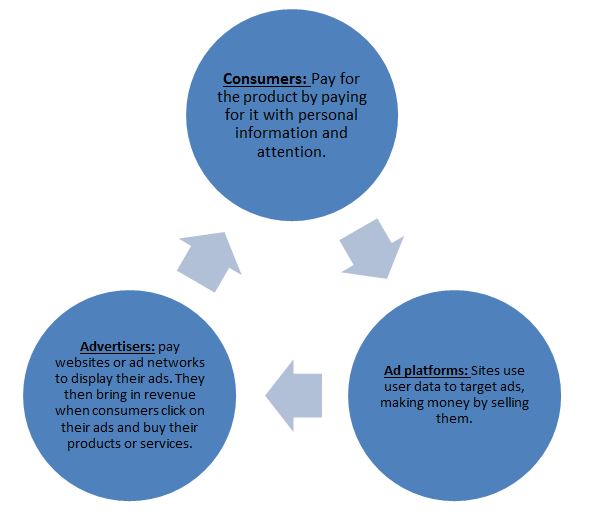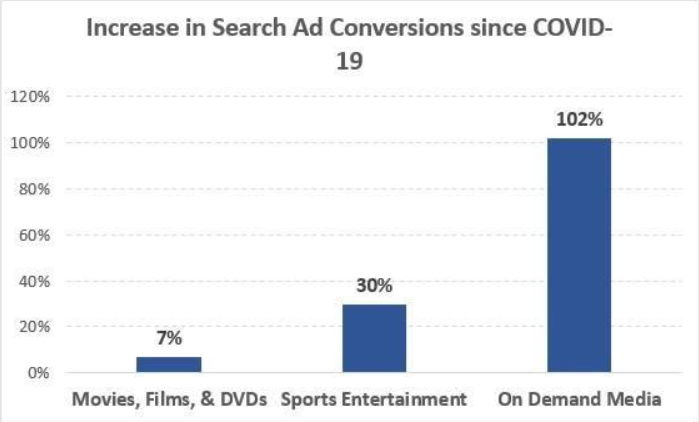Introduction
Advertising can be considered the bread and butter of a successful business. In this context, online advertising, also commonly referred to as digital advertising, is the process of promoting products or services via the Internet (The NEEVA Team, 2021). Consequently, the current paper will discuss the cycle of online advertising operation, its types, its strong and weak sides, and the impact this practice has on the world.
Advertising Cycle
The advertising cycle consists of advertisers, ad platforms, and consumers. Advertisers pay websites to display their ads to sell goods (The NEEVA Team, 2021). Consumers exchange money, time, and personal information for the chosen good or service. Meanwhile, ad platforms use user data to target specific consumer populations. Figure 1 provides a visual representation of the ad cycle.

Ad Types
Online advertising comprises four categories: display, search, social media, and content ads. The first category refers to banners seen on the webpage. The search ads imply the search results list’s order priorities (The NEEVA Team, 2021). In the third category, social media platforms allow advertisers to use user data for content customization. Finally, content marketing is based on referencing the sponsor of the product or service.
Pros and Cons
Online advertising has several considerable advantages compared to other advertising types. It is cheaper, quicker to deploy, and allows market segment-specific customization. However, the use of user data raises security and privacy concerns. Moreover, online ad performance evaluation is unreliable due to fraud practices. Additionally, excessive use of banners causes users to ignore them. Table 1 summarizes the pros and cons.
Table 1. Online Advertisement Pros and Cons
World Impact
Online ads substantially changed the consumer perception of internet browsing. However, despite the so-called banner blindness, online advertising continues to grow. The recent COVID-19 pandemic has shifted consumer behavior (Li & Hall, 2020). The online environment has become more favorable for brands and companies to promote their products (Figure 2). Advertisers have adapted by following consumers, prioritizing online advertising for consumers staying at home during the pandemic.

Conclusion
Online advertising is a smart solution to modern technological advances. It represents an interconnection of advertisers, ad platforms, and consumers. Online ads can be display, search, social media, or content marketing types. While providing benefits regarding resource and time efficiency, it struggles with concrete performance issues. Nevertheless, the online share of advertising as such continues to grow due to shifts in consumer behavior.
References
AdNabu. (n.d.). Google shopping ads strategy in the time of the COVID-19 pandemic. SHIFT4SHOP. Web.
Li, K., & Hall, S. B. (2020). This is how COVID-19 is affecting the advertising industry. World Economic Forum. Web.
The NEEVA Team. (2021). How does online advertising work? Neeva. Web.